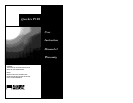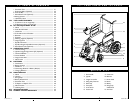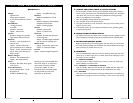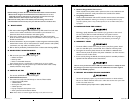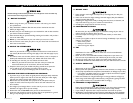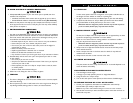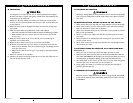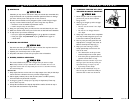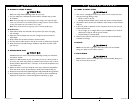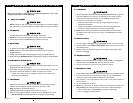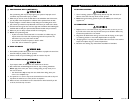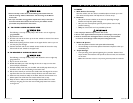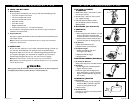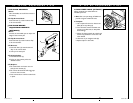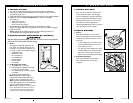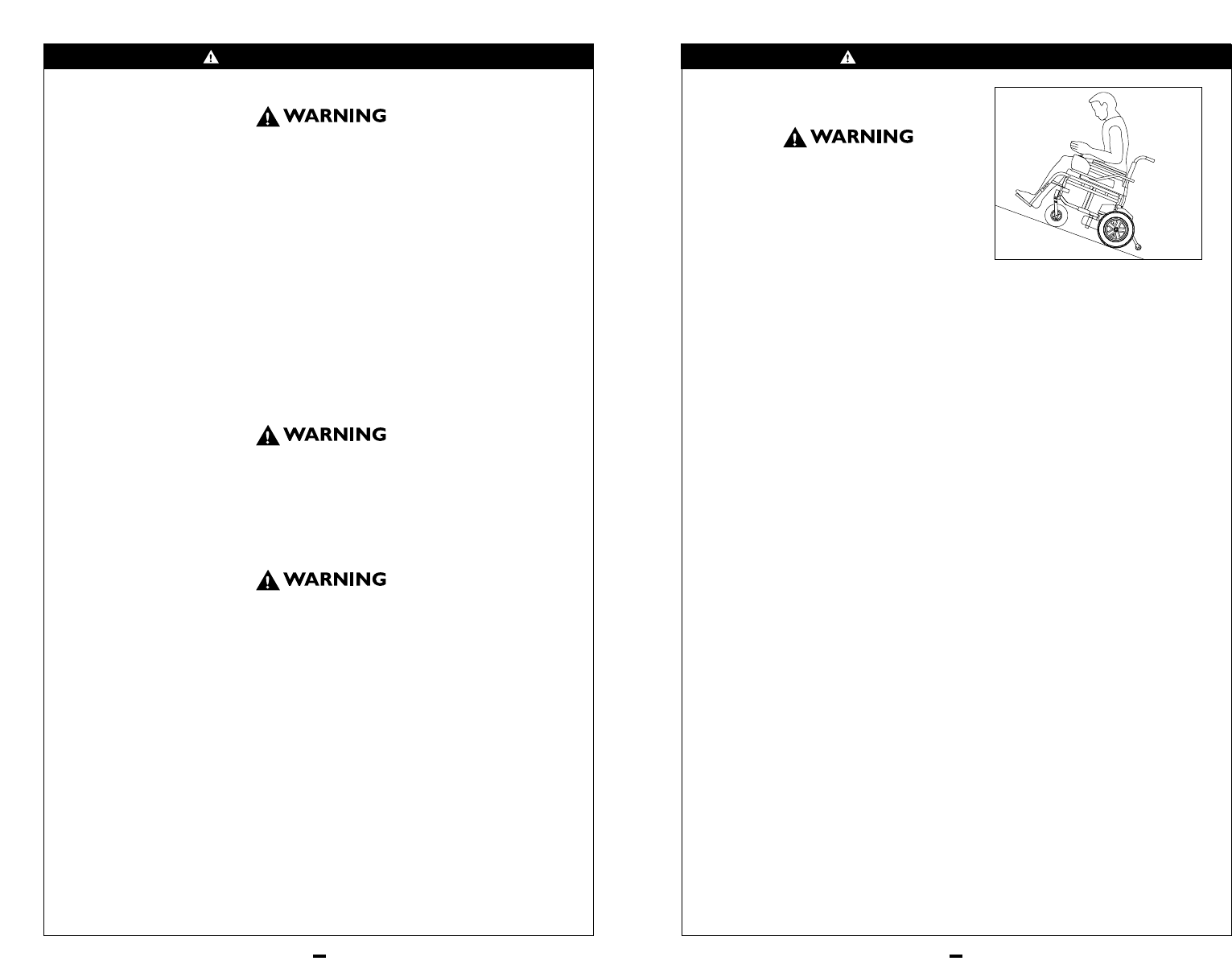
16
17
930373 Rev. B
930373 Rev. B
VI. GENERAL WARNINGS
Fig. 1
T. TO REDUCE THE RISK OF A FALL,
TIP-OVER OR LOSS OF CONTROL:
1. Never use your chair on a slope unless
you are sure you can do so without
losing traction.
2. Always go as straight up and as straight
down as you can.
• Do not “cut the corner” on a slope
or ramp.
• Do not turn or change direction
on a slope.
3. Always stay in the center of the ramp. Make
sure ramp is wide enough that you are not
at risk that a wheel may roll off the side.
4. Lean or press your body uphill.This will
help adjust for a change in the center of
balance caused by the slope. (Fig. 1)
5. Keep your chair moving at a slow,
steady speed. Keep control over the
chair at all times.
• On a descent, do not let your chair
accelerate beyond its normal speed.
• If the chair picks up speed, center the
joystick to slow down or stop.
Note:The solid state controller of your chair
has a logic system that will help control your
speed when driving on a slope or up hill.
• If you stop, re-start slowly.
6. Never use rear wheel locks to try to
slow or stop your chair.This is likely to
cause the chair to veer out of control.
VI. GENERAL WARNINGS
Q. OBSTACLES
Obstacles you may have to overcome in daily use include door thresholds,lifts,
ramps and hazards such as potholes and broken pavement.These can damage
your chair and may cause a fall, tip-over or loss of control.
1. Be aware that thresholds are very dangerous.(Even a small change in height
may stop a caster wheel and cause your chair to tip).You may need to:
• Remove or cover threshold strips between rooms.
• Install a ramp at entry or exit doors.
2. Keep your eyes moving when you ride; scan the area well ahead of your chair.
3. Make sure the floor areas where you use this chair are level and free of obstacles.
4. To help correct your center of balance:
• Lean your upper body forward slightly as you go up over an obstacle.
• Press your upper body backward as you go down from a higher to
a lower level.
R. DRIVING IN REVERSE
Use extra care when you drive your chair in reverse.You may lose control or
fall if one of the rear wheels hits an object.
1. Operate your chair slowly and at an even speed.
2. Stop often and check to make sure your path is clear of obstacles.
S. RAMPS, SLOPES & SIDE HILLS
The center of balance of your chair changes when you are on a slope.
Note:“Slope” includes a ramp or side hill.Your chair is less stable when it is at an
angle. Never use this chair on a slope unless your are sure it is safe.When in doubt,
have someone help you.
Beware Of:
1. Steep slopes. Do Not use this chair on a slope steeper than 10%.(A 10% slope
means: One foot in elevation for every ten feet of slope length).
2. Wet or slippery surfaces (such as when ice, snow, water or oil film is present).
A loss of traction may cause a fall or tip-over.
3. A change in grade on a slope (or a lip, bump or depression).These may
cause a fall or tip-over.
4. A drop-off at the bottom of a slope. (A drop-off of as small as 3/4 inch can stop a
front caster and cause the chair to tip forward).



